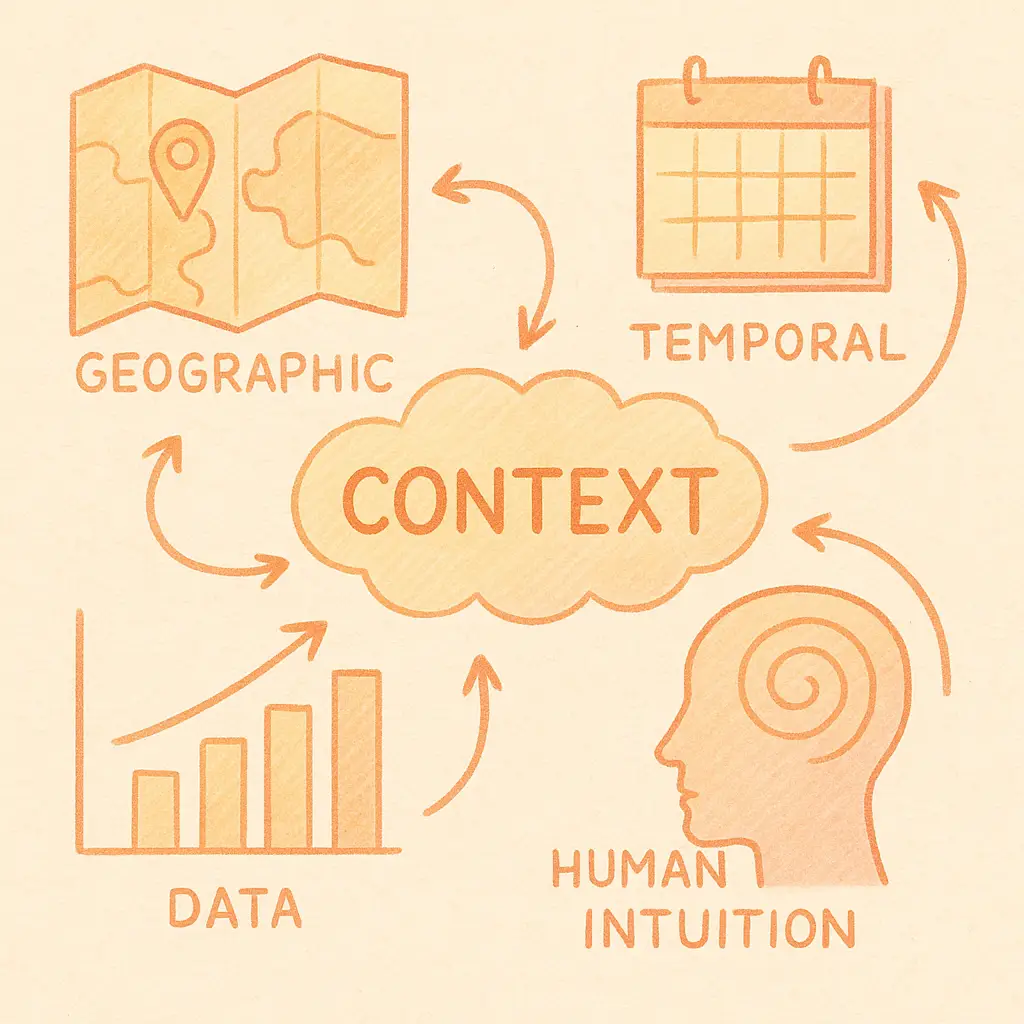A view of transparency that I keep coming back to is the role of the user from both a data governance perspective, as well as from a comprehension perspective. Different users bring different responsibilities, goals, and levels of context. That means transparency can’t be flat or uniform. It needs to adapt.
There are three dimensions I try to separate:
- What the person needs to know
Some users need the full story: how a decision was made, what data supported it, what the alternatives were. Others just need a summary they can act on. The system should understand the user’s purpose and surface what’s relevant to that, no more and no less. - What the person should be allowed to see
Not all information should be visible to everyone. Business-level access controls may be something that needs to be addressed as well. In some businesses, one role may only see aggregated or anonymized data, while others work directly with sensitive or individual-level information. Transparency has to operate within those constraints. - What the person can realistically make sense of
Even if someone can access information, it still needs to be explained in a way they can understand and use. A compliance officer might need technical traceability. A line-of-business user might just need a simple explanation of what the system did and why. The system has to match its explanation to the person’s level of understanding.
Each of these dimensions matters on its own, but they also have to work together. It’s not enough to just give access. It has to be the right level of information, shown to the right person, in the right way. This framework becomes especially critical in AI-driven systems, where decisions can be opaque, data flows complex, and accountability diffuse. Transparency must be targeted: contextualized for the stakeholder, bounded by policy, and calibrated to comprehension.
At Bordo, we’re committed to showing the right information to the right people at the right time with a focus on relevance, responsibility, and clarity.





